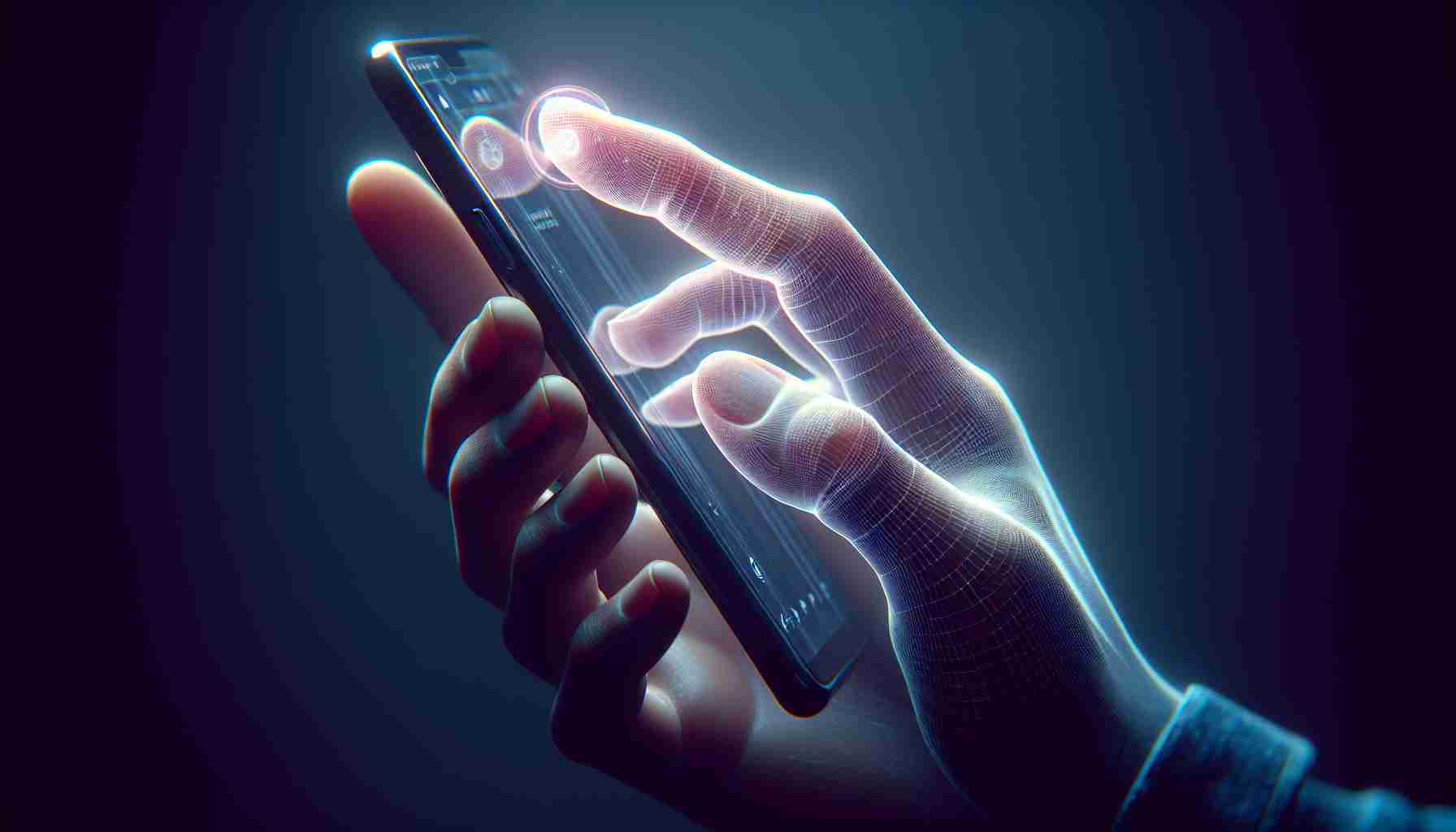Tech users have stumbled upon a curious phenomenon coined as the ‘smartphone pinky’, a term spiraling into viral discussions amongst gadget aficionados. This so-called ‘smartphone pinky’ appears as an indentation on one’s little finger, particularly pronounced among those frequently using mobile devices such as iPhones. People first started buzzing about this trend following a conversation on ‘The TJ Show’ podcast, where the host brought attention to the peculiarity by encouraging listeners to inspect their fingers for signs of the indent.
When attempting to self-diagnose ‘smartphone pinky’, users are advised to compare the alignment and shape of both little fingers for irregular indents on the one more frequently cradling their phones. Despite the increasing chatter on this issue, healthcare specialists have expressed their doubts. Among these, Dr. Peter Evans of the Cleveland Clinic, along with authorities such as occupational therapist April Hibbeler and hand surgeon Dr. Michael Geary, have downplayed these claims. Nevertheless, they concede that protracted use of cellular phones could lead to an assortment of joint troubles.
As debates surrounding the legitimacy of ‘smartphone pinky’ circulate, it’s important to note established disorders like clinodactyly—a hereditary finger curvature—and Dupuytren’s contracture, marked by bent fingers due to the growth of fibrous tissue. These are formally acknowledged, yet no direct link to mobile phone usage has been established.
Dr. Evans still cautions phone enthusiasts to stay alert to the potential musculoskeletal ailments associated with excessive phone handling over time. Despite a definitive link between ‘smartphone pinky’ and phone use yet to be scientifically established, the conversation has sparked heightened awareness regarding digital device ergonomics and hand health.
‘Smartphone pinky’ has garnered attention as users notice changes in their digit due to steady phone usage. The primary question is whether ‘smartphone pinky’ is a genuine physical condition caused by extensive smartphone use. While anecdotes abound, there is little scientific evidence to conclusively prove this phenomenon. Nonetheless, it has raised concerns about the potential long-term impact of frequent mobile device handling.
Key questions and challenges in this topic include determining if there’s a quantifiable risk associated with this phenomenon and what mechanisms might contribute to physical changes in users’ hands. Disputes arise from the lack of empirical studies specifically focusing on ‘smartphone pinky’, and differing opinions among healthcare professionals about its seriousness. There’s also a challenge in distinguishing ‘smartphone pinky’ from naturally occurring conditions or those caused by other factors.
Advantages of the ‘smartphone pinky’ discussions include:
– Increased awareness of hand ergonomics and the importance of varying one’s grip and hand position when using mobile devices.
– Encouragement of responsible mobile device usage and breaks to prevent potential strain or injury.
Disadvantages are:
– Anecdotal evidence can lead to unwarranted anxiety or self-diagnosis without proper medical consultation.
– Focusing on ‘smartphone pinky’ might overshadow other more serious and well-documented musculoskeletal issues related to tech usage.
Given the relatively novel nature of the issue, and the potential for misinformation to spread quickly online, users are encouraged to view ‘smartphone pinky’ discussions with a critical eye and seek professional medical advice if they are concerned. For general information on hand health and ergonomics, users may refer to reputable health websites such as the Mayo Clinic or the World Health Organization (WHO). It is imperative to verify that any provided URLs are 100% valid and lead directly to the main domain without redirection or error.
